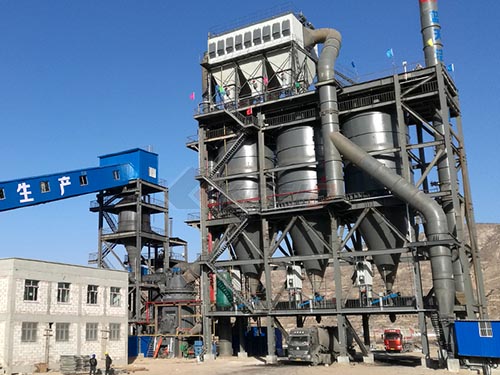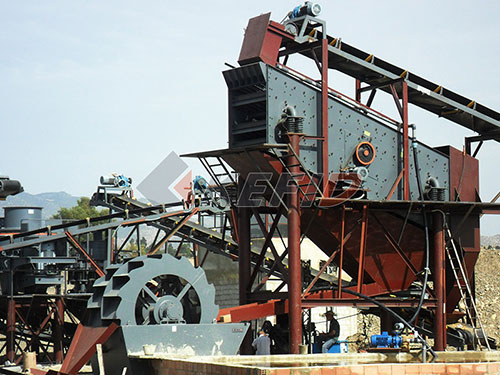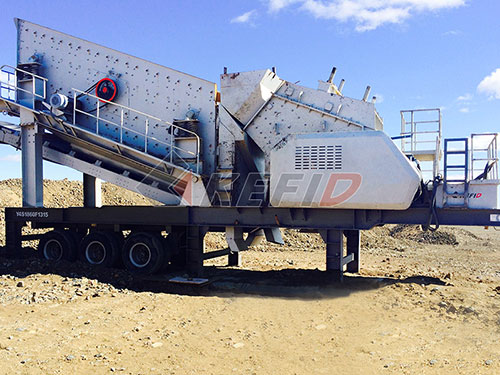Crushed Gravel 3/4 Price Philippines
Navigating Crushed Gravel 3/4" Prices in the Philippines: A Practical Guide
Finding reliable pricing for crushed gravel 3/4" (often called 3/4" crushed stone or G1 aggregate) is crucial for construction projects across the Philippines. This versatile material serves as a foundation for roads, driveways, concrete slabs, drainage layers, and more. However, pinning down an exact "Philippines price" is complex due to significant regional variations and dynamic market factors.
Understanding Crushed Gravel 3/4"
This refers to angular rock fragments mechanically crushed down to pass through a 3/4-inch screen but generally retained on smaller screens (like 3/8"). The angularity provides excellent interlock and compaction properties, making it ideal for structural support and drainage.
Factors Influencing Price
1. Location & Transportation: This is the most significant factor.
Quarry Proximity: Prices are lowest near the source quarry where extraction occurs.
Delivery Distance: Transport costs escalate dramatically with distance due to fuel prices and trucking fees. Expect significantly higher prices in remote islands or areas far from quarries compared to regions with abundant rock resources (e.g., parts of Luzon near Rizal or Bulacan quarries).
Island Location: Inter-island shipping adds substantial cost.
2. Supplier Type & Volume:
Large Quarries/Bulk Suppliers: Offer better per-cubic meter (`cu.m`) or per-ton rates for large orders (e.g., truckloads - typically 10 cubic meters).

Local Retailers/Hardware Stores: Charge considerably more per bag (sack) or per small volume (`cu.m`), suitable only for very minor projects.
Contractor Markup: If purchasing through a contractor, their markup will be included.
3. Material Source & Quality:
Rock Type: Prices vary slightly based on hardness and origin.
Gradation & Cleanliness: Well-graded material meeting specifications commands a premium over poorly sorted or dirty gravel.
4. Market Demand & Seasonality:

High demand during peak construction seasons can push prices up.
Fuel price fluctuations directly impact extraction and transport costs.
5. Order Quantity: Buying in bulk (`cu.m` by truckload) is always cheaper per unit


